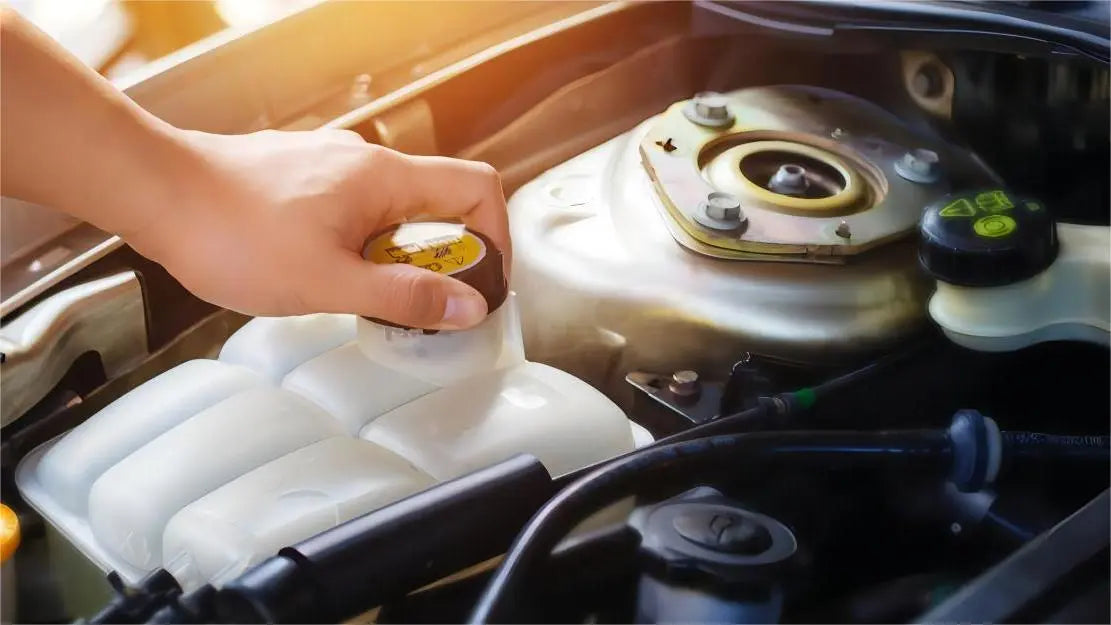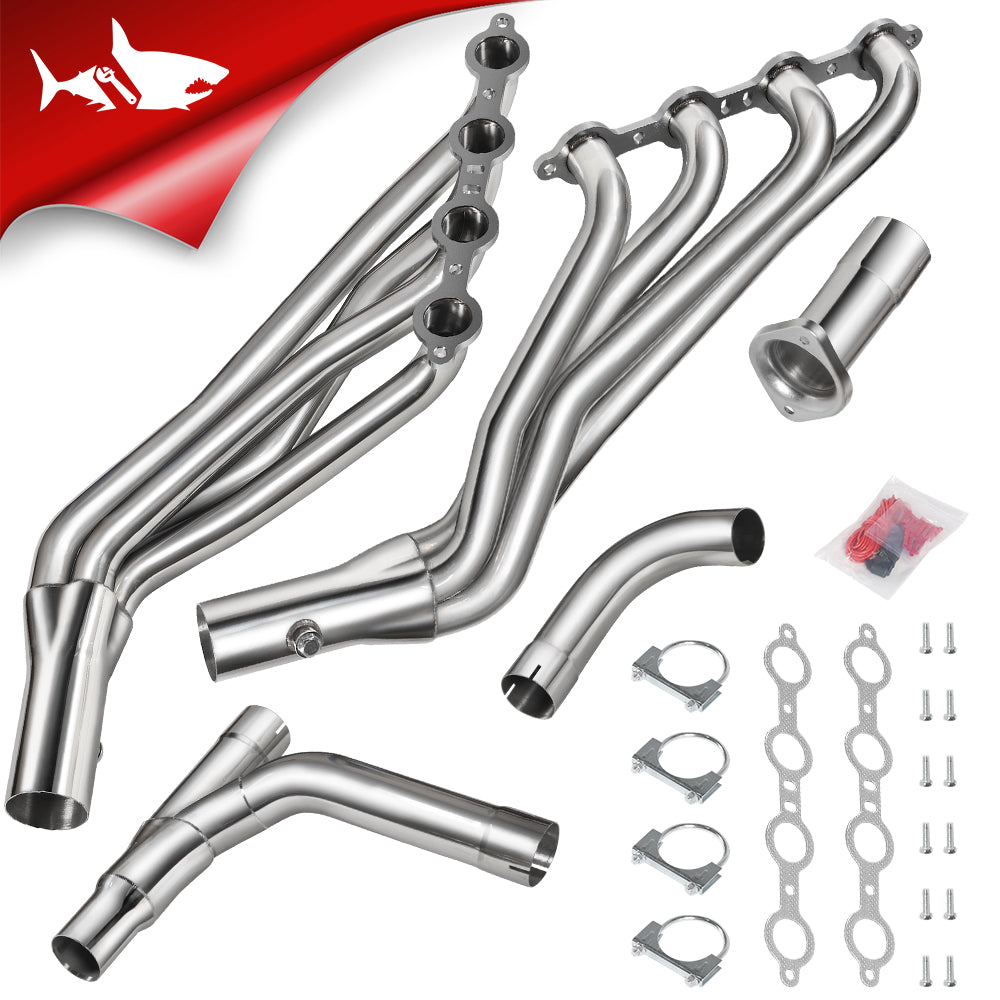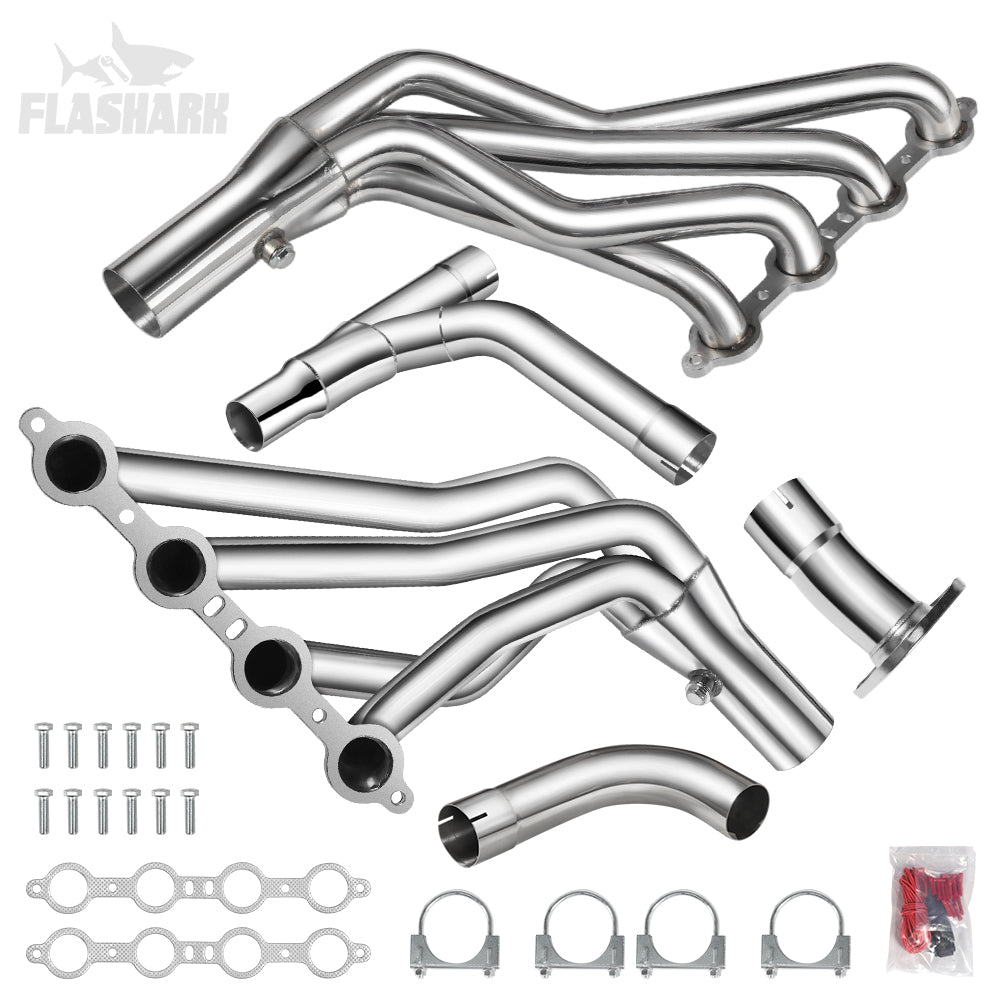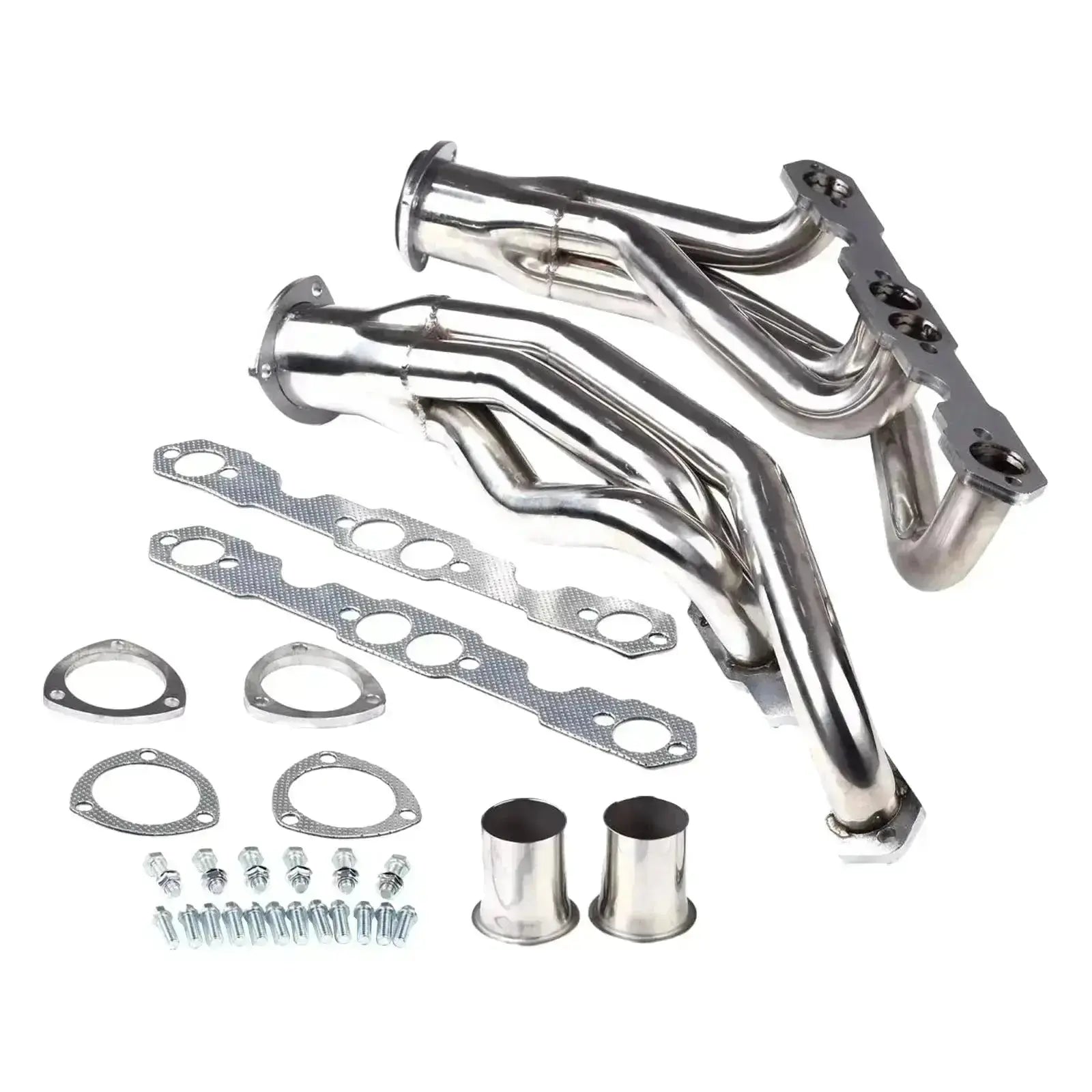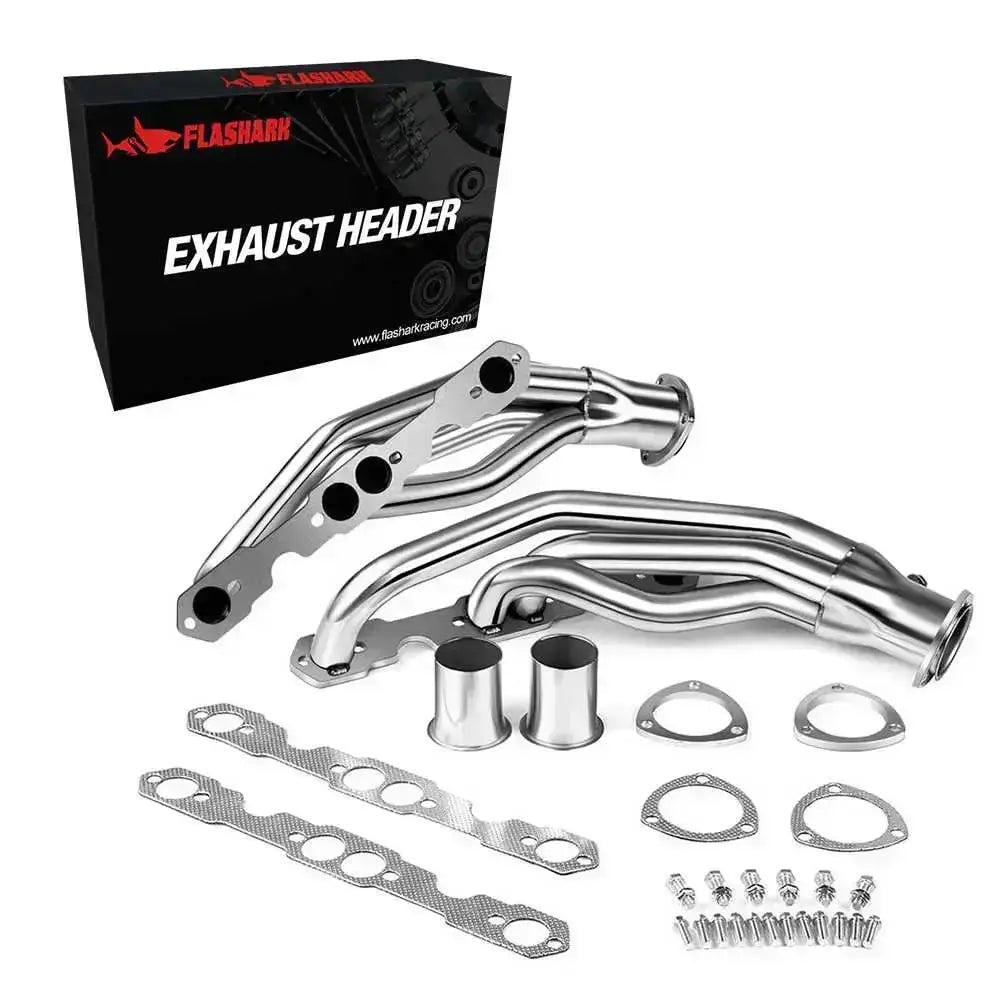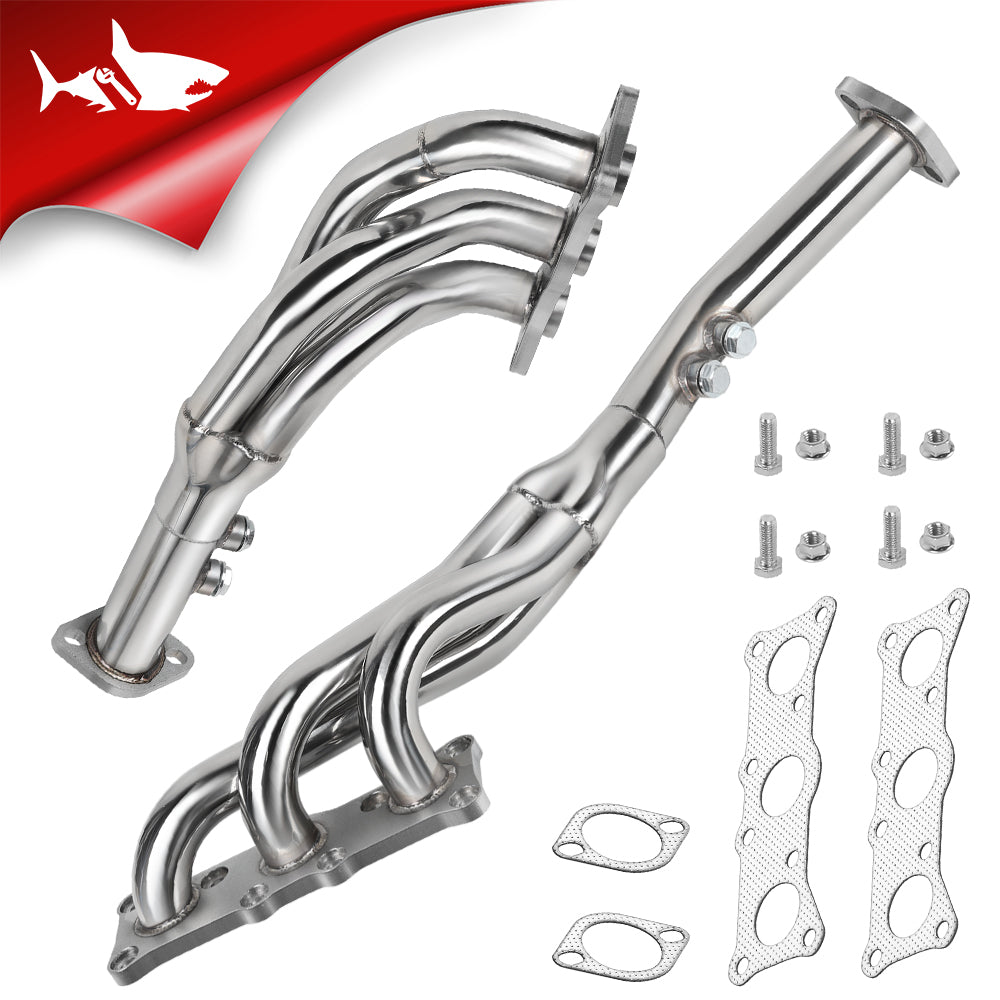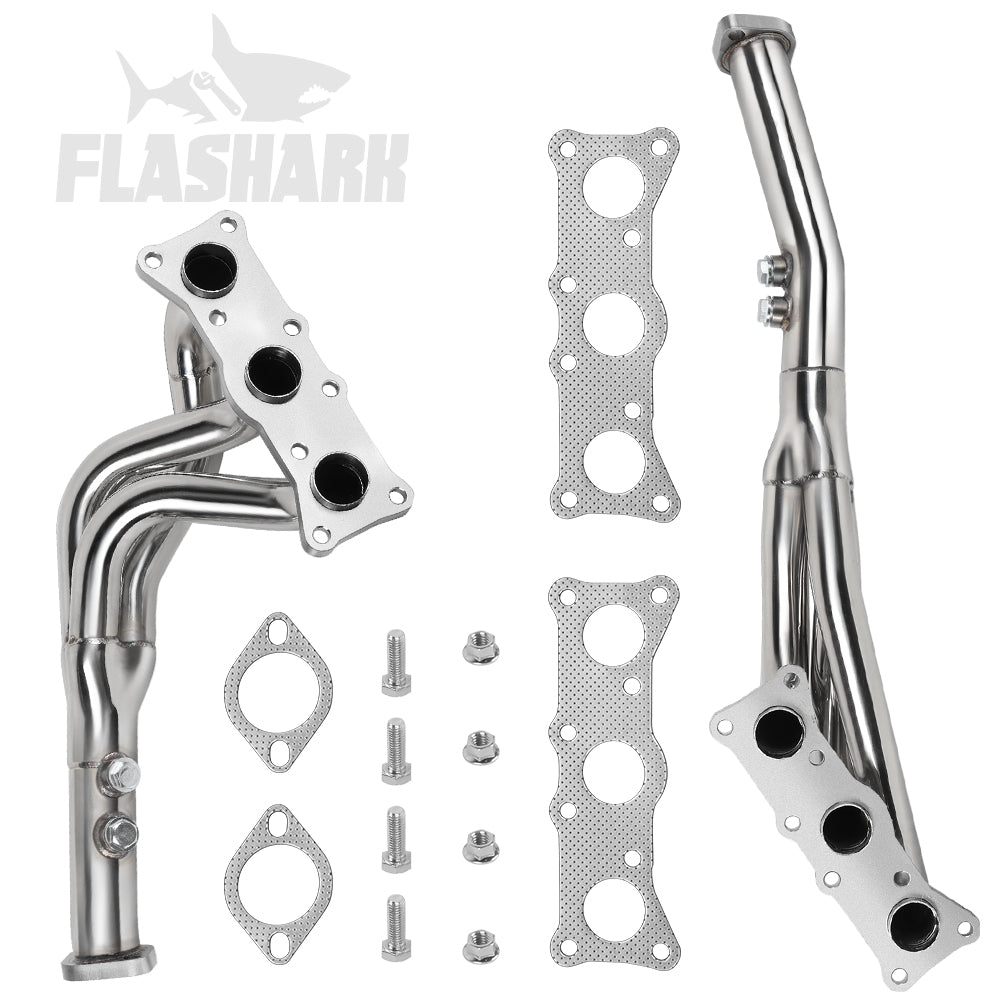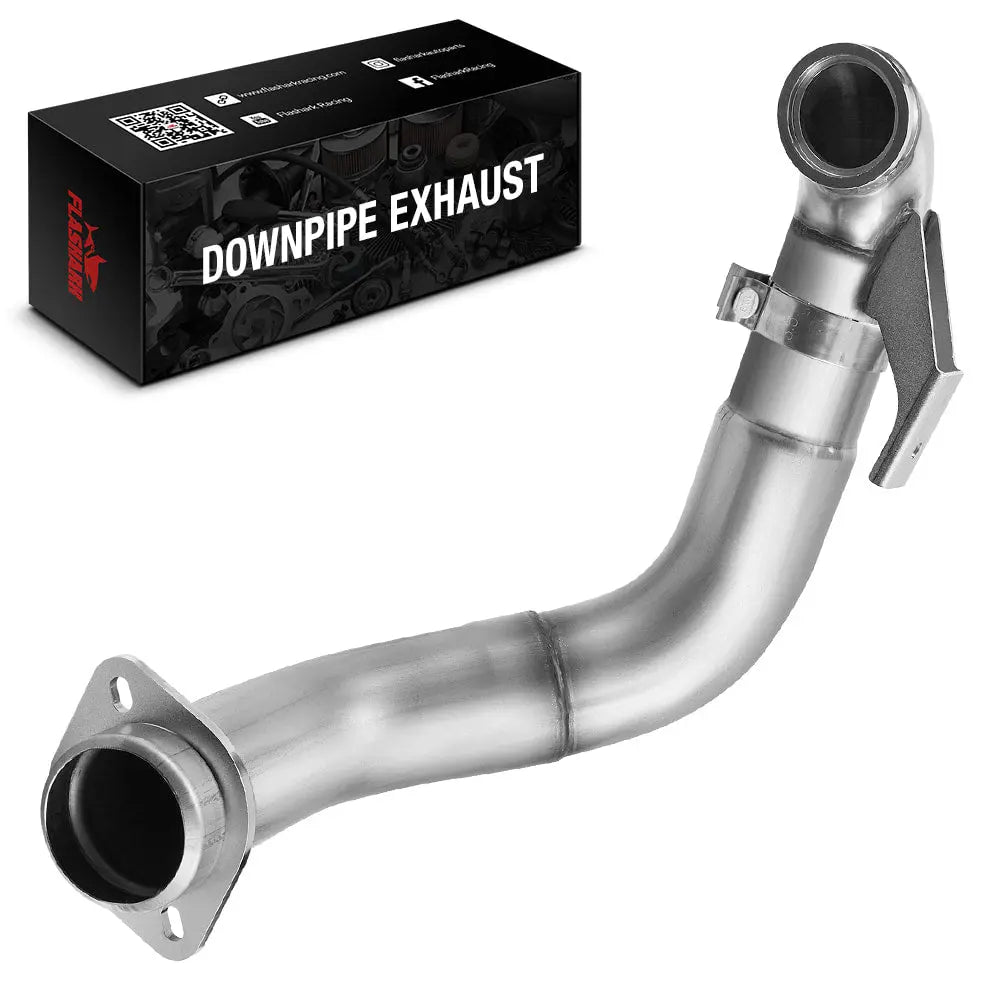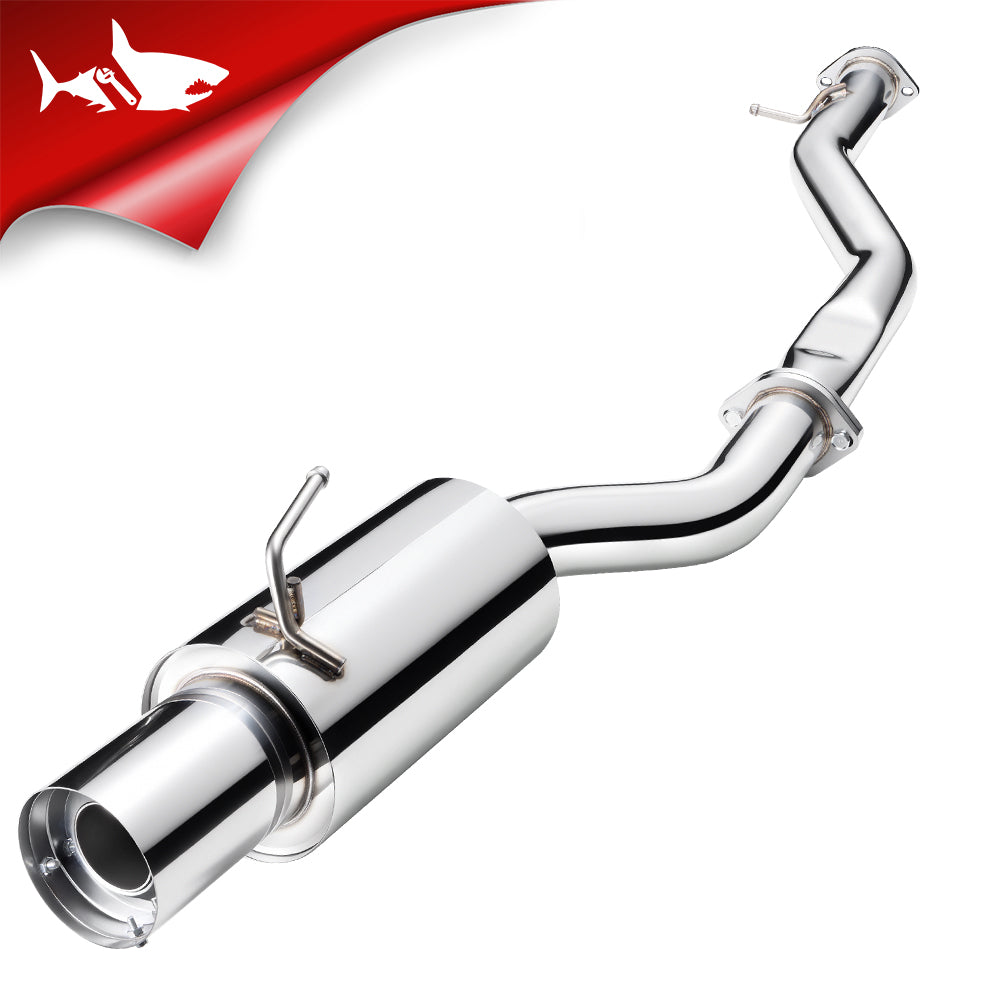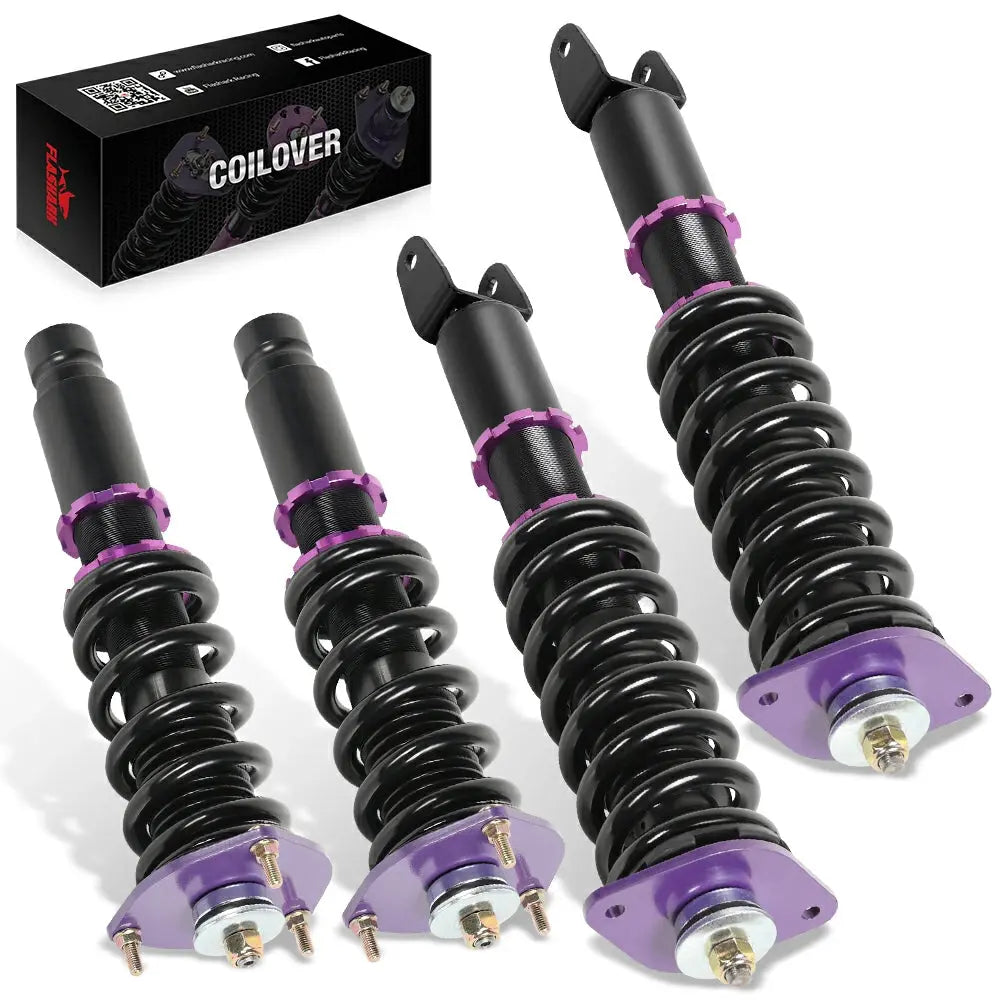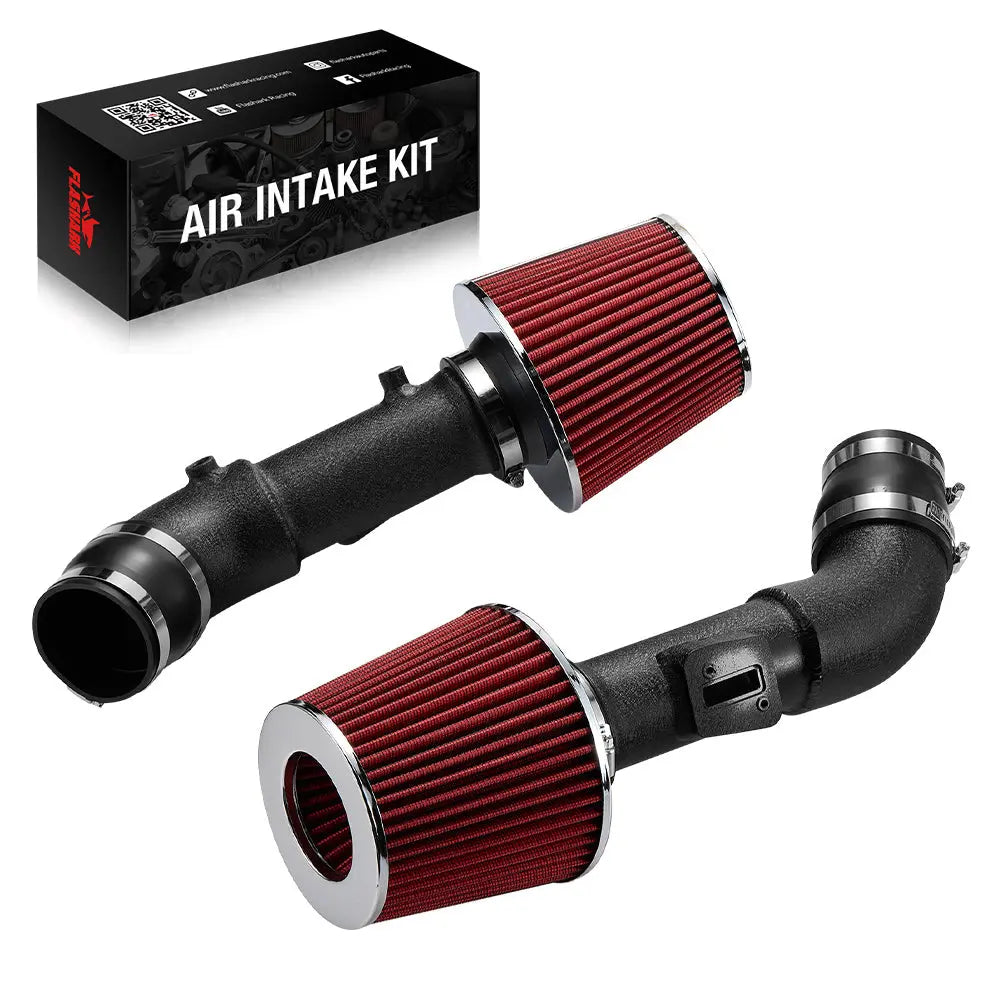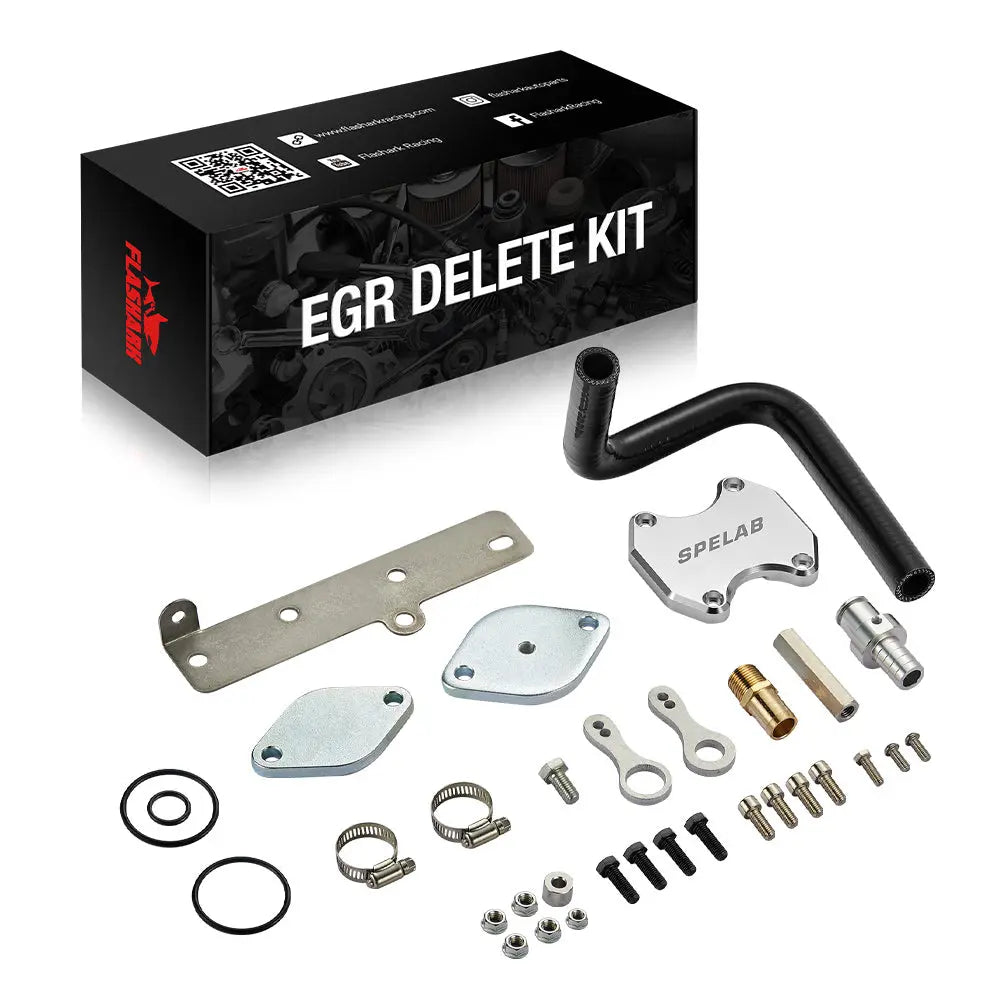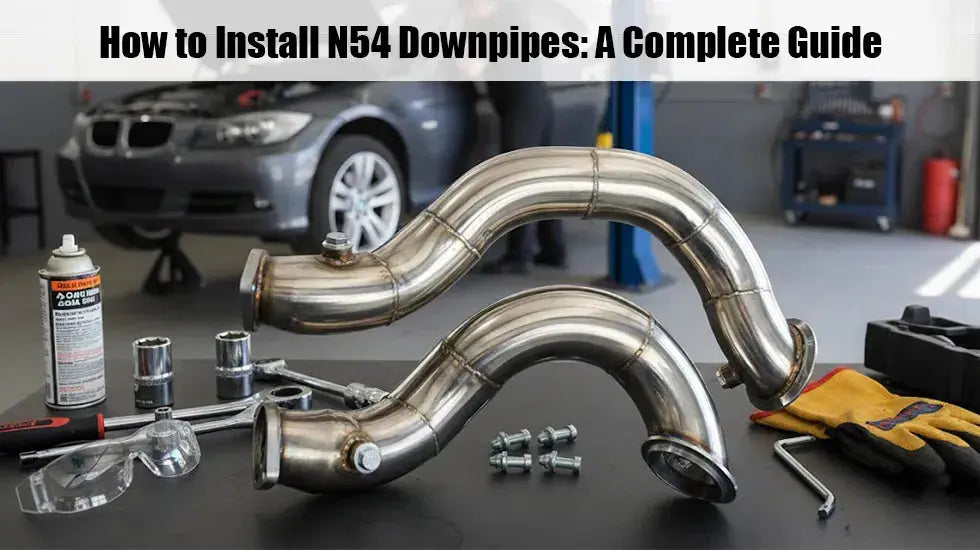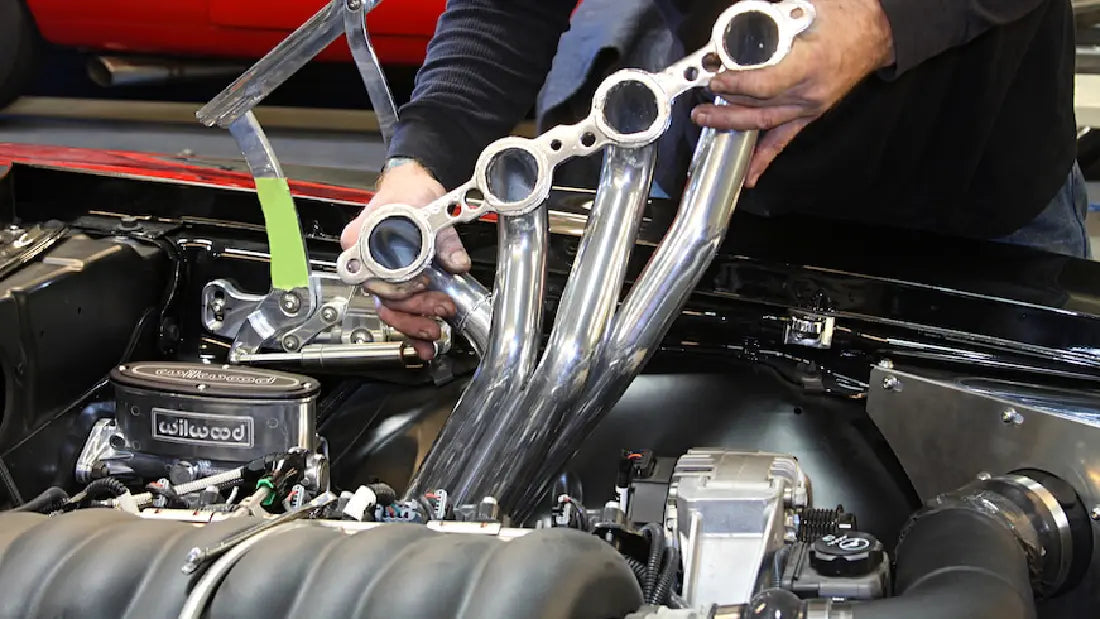The coolant reservoir is a temporary plastic reservoir. It is fixed in the engine to fulfill the coolant requirement of the engine. It is essential for every vehicle because it maintains the engine’s health. The cycle of expanding and absorbing the body heat of the engine occurs due to the coolant reservoir. When the engine is warmed up, the cooling system increases the pressure to maintain its heat. However, when the engine requires more coolant, the coolant system provides a low-pressure level to maintain its coolness.
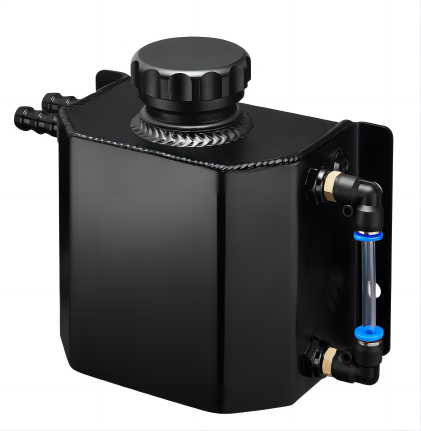
Car Cooling System
A coolant tank works as a coolant component when the engine is overheating. Intense heat, sparks, air, and fuel can cause mini-explosions. Moreover, the car’s different parts continuously move against each other, causing the engine to overheat. All these things destroy the long life of the engine. At that time, the cooling system pumps the water mixture around the engine and absorbs the heat. It serves as a cooling system, also called a coolant.
It works as a radiator where the fan balances overheat into the average temperature. It serves as a coolant mixture around the engine. This cooling system works as AutoZone to maintain engine temperature.
Location of the Coolant Reservoir
The coolant tank is present on the upper right side of your car’s engine. This integral part of the car is made of durable plastic to help keep the entire vehicle cool. So this cooling tank works as efficiently daily.
Effects of Poor Coolant Reservoir
Due to the plastic material and the location of the coolant reservoir, it can face a lot of wear and tear. So due to its location and material, the cooler tank may crack and leak, causing the engine to overheat. Moreover, you should know “how to identify the fluid by color?” You should ensure the leaking of the cooling tank and, after that, replace it. So you should know how to change the sign of problematic notice because not understanding it wastes your money and time. Here are the signs that tell the problem in your cooler tank.
- Leaking Coolant under the Car
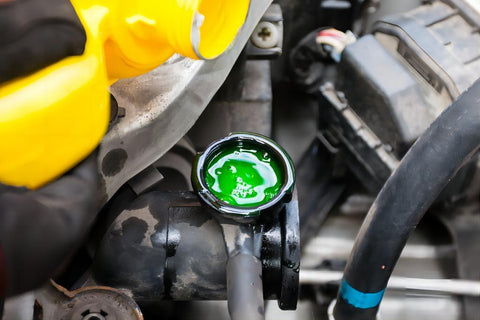
The color of the pool beneath the car shows the effectiveness of the coolant tank. However, it is not specified because every vehicle has a unique color present for different purposes. So, at that time, if your coolant reservoir is empty, even after filling its tank, you can consider that this coolant is a leak. This leakage causes the loss of the entire landline or destroys its captor, even cracking the tank itself. The engine cylinder can be the reason for the coolant leakage.
- Overfilling of Coolant tank
It’s a very asking question: Should we overfill the coolant tank? When a coolant tank fills, the excess can go out due to the overflow hose. It’s effective for your vehicle. In comparison, an empty coolant is an alarming situation for your car. So, what will you do to keep your engine or vehicle?
Every coolant reservoir has two marks: one presents the average coolant level. It is necessary to achieve the level, especially the time of a hot engine. The other mark is the sign of that level when the engine is cold.
- Overheating of Engine
The overheating of the engine is a clear indication of warning that the coolant tanker doesn’t work correctly. Without noticing this issue may cause a significant problem in the whole system.
- White Smoke from Car Tanker
If you see white Smoke from your car’s reservoir, it shows that the coolant is poorly damaged. This damaged tanker may pollute a vehicle’s oil, but it’s rare.
It’s uncommon because writes are insulted; a massive overflow can cause this problem. So, check the coolant reservoir before buying a car.
What Happens If Oil Enters the Coolant Reservoir?
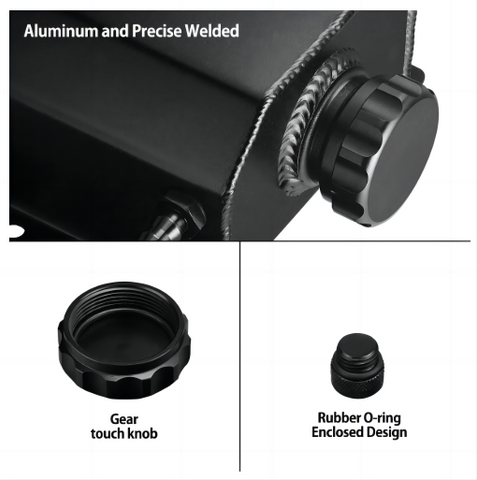
Final Words
Coolant is a tiny element of the vehicle, but it is the most essential part of the vehicle. Its location, material, water level, and temperature cause a significant impact on your vehicle system. Moreover, it’s an essential part of your cooling system. It can alert you to the issue in your car and tell you the reason for the damage. You should check its level regulations and listen to what our coolant reservoir tells you.

